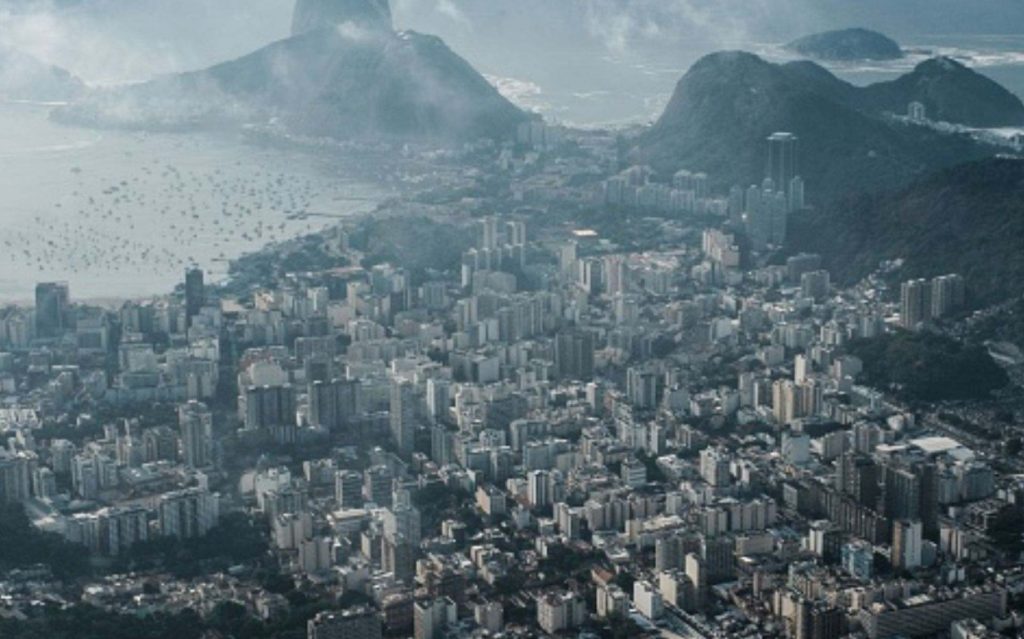
Top 4 Environmental Issues In Rio De Janeiro: How To Solve Them With Circular Economy?
Every day an estimated 150 metric tons of industrial wastewater flows into the bay of Rio de Janeiro—enough to fill about 7 large tanker trucks.
Urban runoff and industrial wastewater are major sources of pollution. Regardless of these horrifying facts, Rio de Janeiro continues to retain its status as one of the most visited cities in the Southern Hemisphere due to its beautiful natural settings and tourist attractions.
Ipanema beach is a popular tourist attraction in Rio de Janeiro (TripAdvisor)
Being a huge city in Brazil, Rio de Janeiro has a vast population of approximately 13 million people.
However, housing shortage along with rising concerns of pollution have long plagued Rio de Janeiro. Recently with the 2016 Olympics, many of these concerning issues have been exposed and brought to light. Environmental issues, such as air pollution, wastewater pollution, and trash pollution all pose a major threat to the safety of Rio de Janeiro’s citizens.
1. NOT ENOUGH HOUSES!
As the population in Rio de Janeiro expands, housing shortage also intensifies, leading to severe crowding, segregated neighborhoods, rising numbers of homelessness, and increased poverty.
More than 50 million Brazilians live in inadequate housing, this led to a proliferation of slum housing over time.
Due to housing shortage, millions of families often find themselves forced to construct their own homes from scrap materials. These shantytowns develop into favelas, which are low-income slum neighborhoods often located on the outskirts of a large city.
- Rocinha, the largest favela in Brazil located in Rio de Janeiro, is home to between 6,000 to 15,000 people. Favelas often house high rates of diseases, crime, gang violence, and unemployment.
Rocinha, the largest favela in Brazil (Wikipedia)
- In Rio de Janeiro, more than 1.2 million people live in the favelas on less than US$1.31.
People earning less than US$1,000 per month account for about 90 percent of this deficit.
2. THE FATAL AIR POLLUTION
The air pollution in Rio de Janeiro is responsible for thousands of deaths (Global Citizen)
- People exposed to pollution have higher risks of lung cancer, heart attacks, strokes, asthma, and other diseases.
- In 2014, based on the World Health Organization’s (WHO) methodology on estimating mortality, an estimate of 5,400 people died in Rio due to air pollution.
Thousands die annually in Rio’s metropolitan area because of…
To read more, download the Earth5R app using the link below
– Reported by Claire Hsu, edited by Riya Dani



